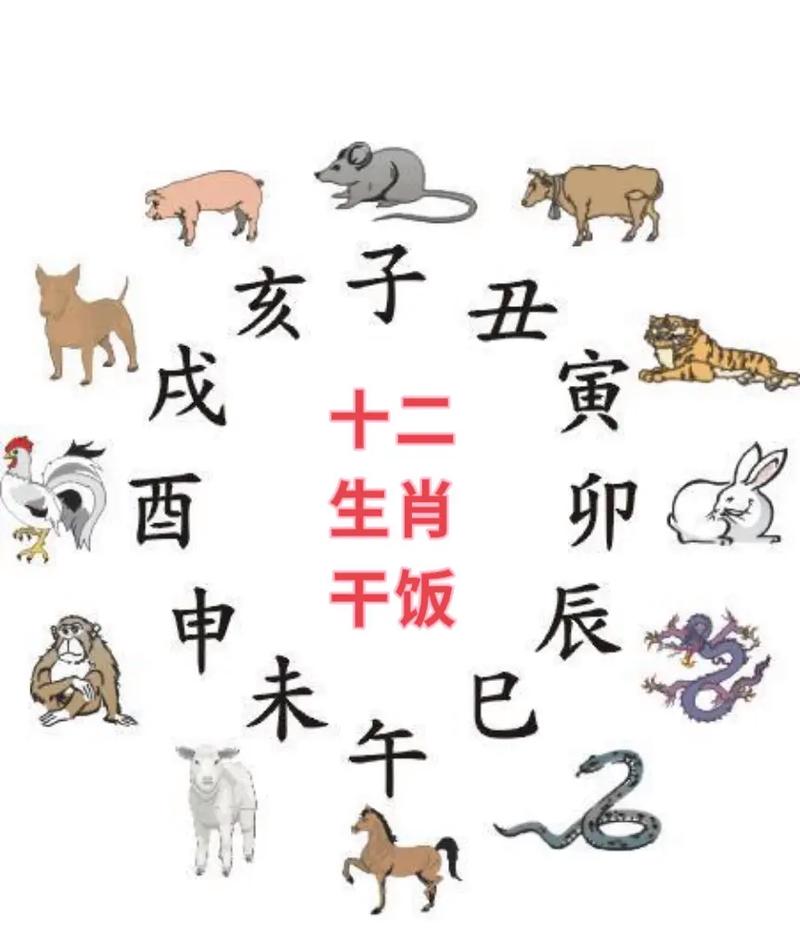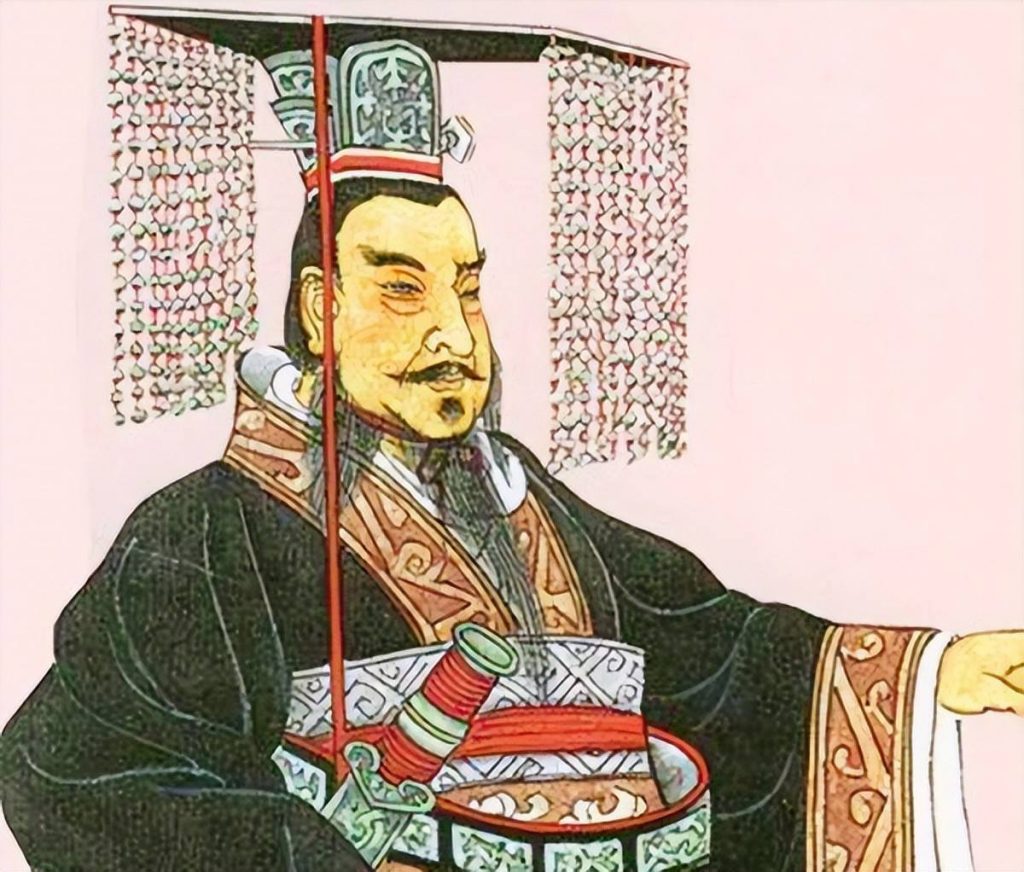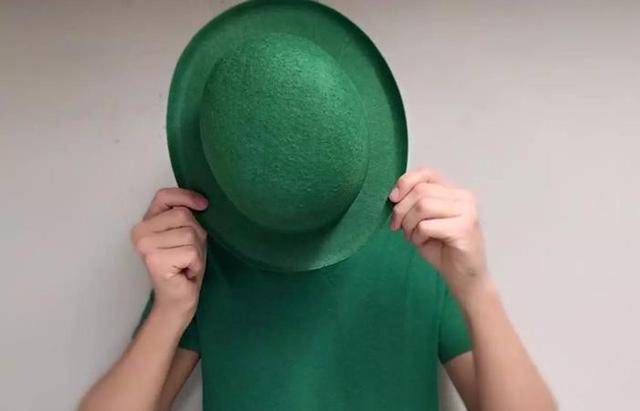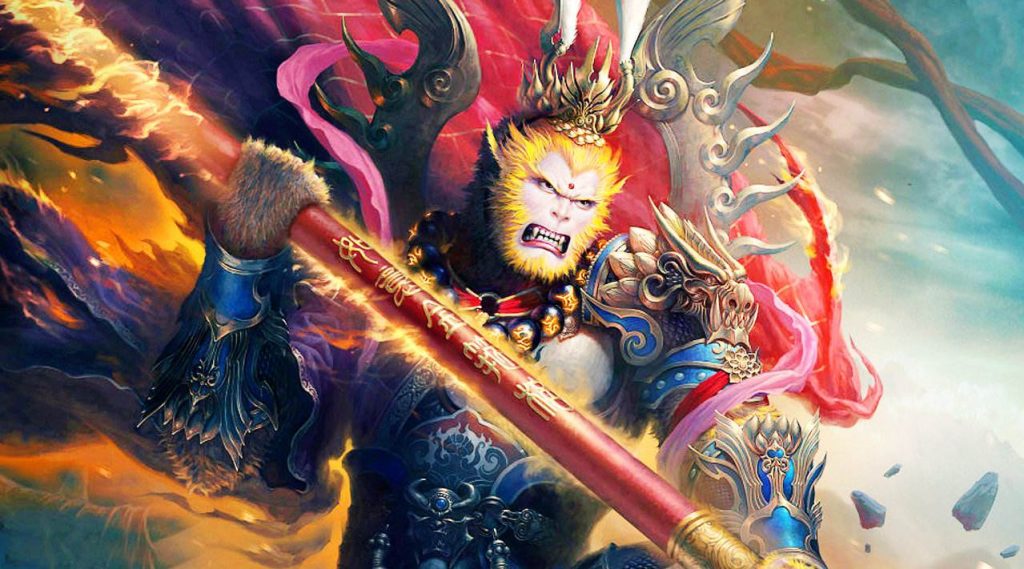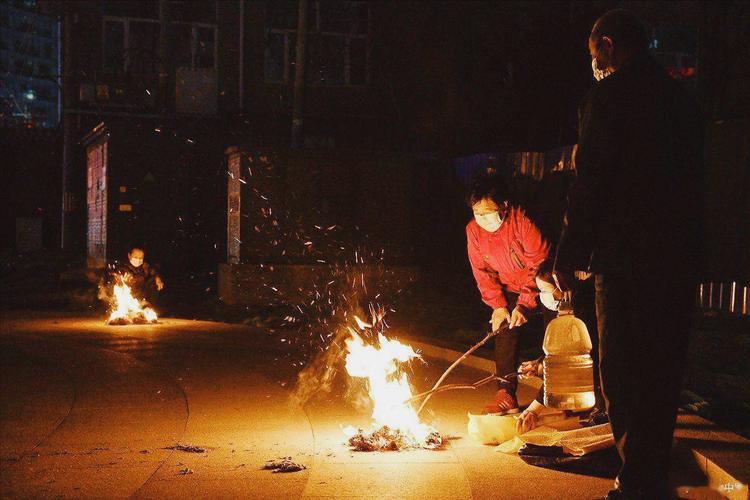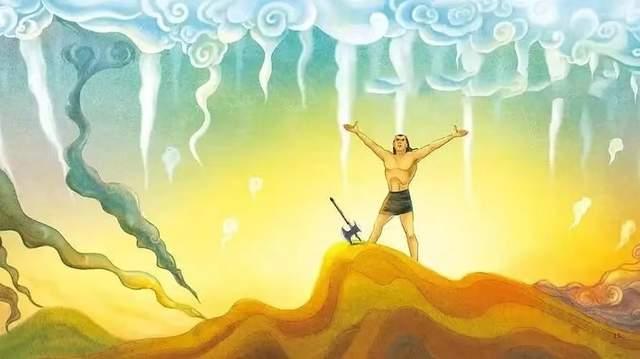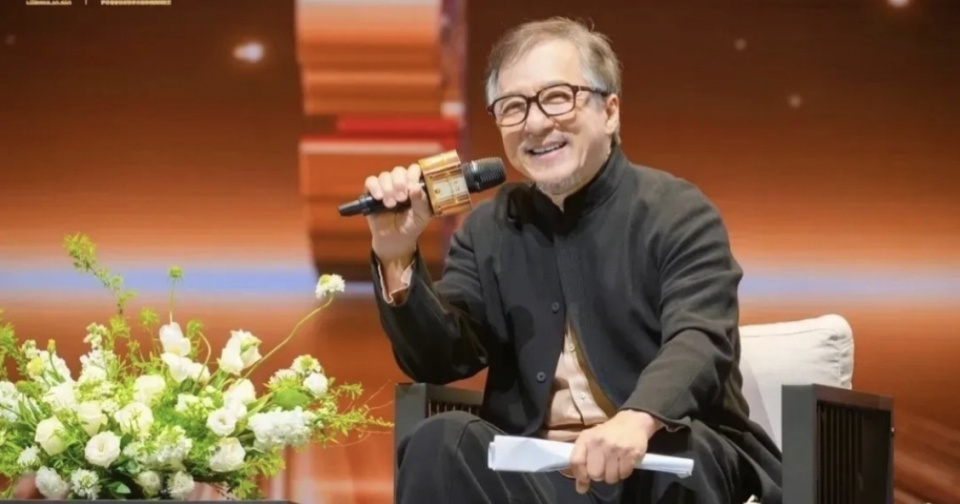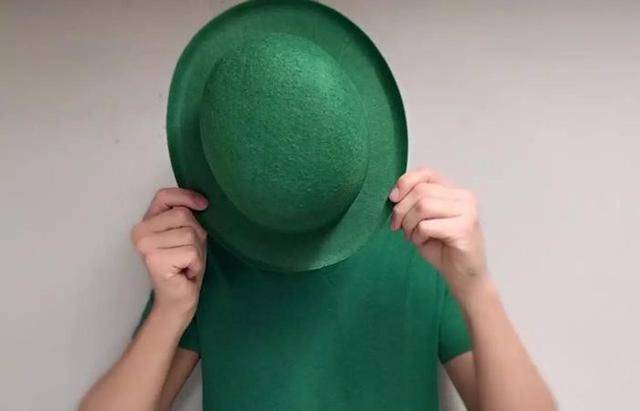
In Chinese culture, colors often carry rich symbolic meanings and cultural connotations, and the term “green hat” is a metaphor with special cultural meanings. It does not simply refer to the green hat itself, but contains deep cultural psychology and social customs. To explore in depth why Chinese men do not wear green hats, we need to analyze from multiple dimensions.
Ⅰ、Cultural background and symbolic meaning
- The traditional meaning of green
In traditional Chinese culture, green is not always evaluated positively. In ancient times, green was sometimes associated with “immaturity” and “greenness”, lacking a sense of maturity and stability. However, more importantly, green has gradually developed new symbolic meanings in modern Chinese, especially in spoken language and slang. Green is often associated with negative behaviors such as “cheating” and “infidelity”, especially the term “green hat”, which has become a symbol of the shame suffered by the husband when his wife has an affair.
- The metaphor of “green hat”
The popularity of the term “green hat” originated from a folk legend or custom, that is, when someone’s wife has an affair with someone else, people will jokingly call the person’s hat “green” as a way of mocking and insulting him. Although this saying lacks conclusive historical records, it is widely circulated among the people and gradually solidified into a cultural symbol, which profoundly affects people’s concepts and behaviors.Social psychology and customs - Taboo psychology
The Chinese have always attached great importance to face and dignity, and often take a taboo attitude towards things that may damage their reputation and status. Therefore, when the “green hat” becomes a symbol of infidelity and shame, men will naturally try their best to avoid any association with it, including not wearing a green hat, so as not to be misunderstood or ridiculed. - Constraints of social customs
In addition to the taboos at the personal psychological level, social customs also have a strong restraining effect on people’s behavior. In Chinese society, abiding by traditional customs and moral norms is regarded as a virtue, and violating these customs and norms may be condemned and rejected by society. Therefore, not wearing a green hat has become a manifestation of men following social customs and maintaining their own image.
III. Changes and reflections in modern society
- Diversification of color concepts
With the development of society and the influence of globalization, Chinese people’s color concepts are gradually changing. As one of the common colors in nature, green is gradually accepted and loved by more people for its positive, healthy and environmentally friendly meanings. In modern society, more and more people are beginning to break free from the shackles of traditional concepts and look at green and related things with a more open and inclusive attitude. - Reflection on the metaphor of “green hat”
At the same time, more and more people are beginning to reflect on the rationality and fairness of the metaphor of “green hat”. They believe that it is unfair to simply associate unfaithful behavior with green hats, and it is also a prejudice and discrimination against women. Therefore, some people have begun to call for abandoning this outdated concept and looking at marriage and loyalty issues with a more rational and objective attitude.
IV. Conclusion
In summary, Chinese men do not wear green hats not just because of personal preferences or aesthetic preferences, but are affected by multiple factors such as deep cultural background, social psychological customs and changes in modern concepts. Under the influence of traditional culture, the “green hat” has become a symbol of infidelity and shame, which makes men often avoid choosing green when choosing the color of a hat.

